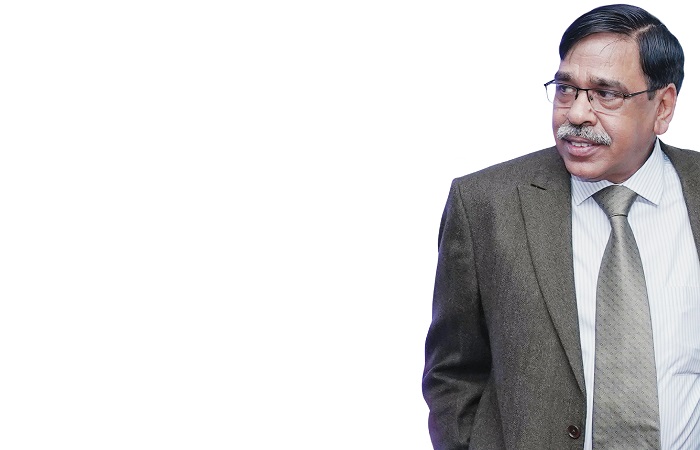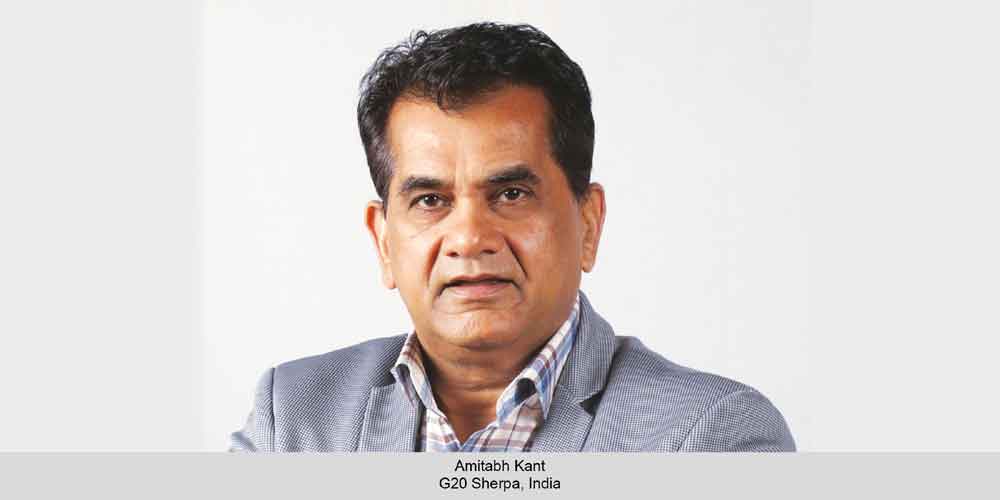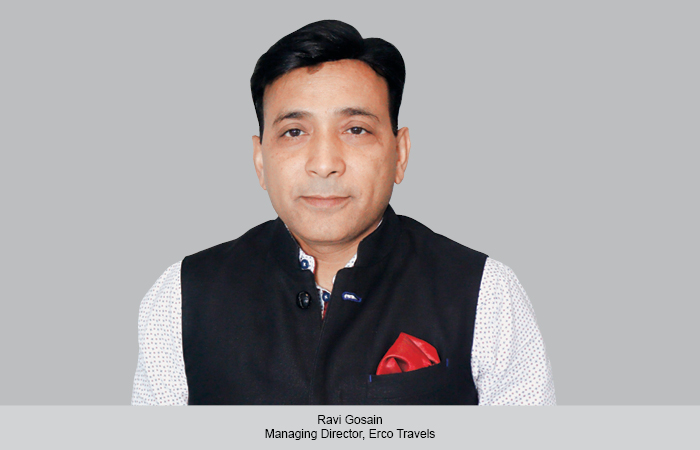At the PATA Tourism PowerHouse in New Delhi, Yogendra Tripathi, Secretary, Ministry of Tourism and Chairman, PATA India Chapter, spoke about recent government policies and new markets in focus.
Manas Dwivedi
Congratulating PATA India Chapter for its continued effort and initiative in organising the second PATA Tourism PowerHouse, Yogendra Tripathi said that the event added immense value to the professional knowledge of all attendees. “Tourism has been an important growth driver in the service sector, within the country and globally. It is a fact that tourism provides employment opportunities across the country, at the remotest of places and to the most disadvantaged sets of society. So, in some ways, the employment opportunities in the tourism sector are more equitable in nature and for a country like India, which has a huge population and different economic strata, it becomes a very important factor,” he said.
The strategy would include not only deepening our reach in traditional markets, but also reaching out to newer markets. We need to focus on China and neighboring countries in Southeast Asia
A strong foundation
According to Tripathi, it is important to review the standing of the country in the international community and on the domestic front, infrastructure needs to be re-looked at. “India is an economic powerhouse and will continue to be one. This strength is evident and palpable, and that’s where the opportunity lies. While connectivity issues have largely been sorted, last-mile connectivity still needs work. That said, the condition of roads and national highways in India has improved substantially in the last five years. In terms of air connectivity as well, the situation has improved significantly. Unused airports are being utilised under the UDAN scheme and the government is ensuring that infrastructure facilities get utilised. A strong base has already been built; a lot more needs to be done to take it forward,” Tripathi shared.
Efforts of the government in boosting growth of tour- ism in India haven’t gone unnoticed. Tripathi said that the government has already committed more than ₹1 billion to improve the experience and infrastructure facilities at tourist spots. He added that in order to make India a more desirable destination for foreign visitors, the government not only introduced the e-Visa, but practically extended it to 169 countries. “In view of all these contributions, in 2018, we were finally able to cross the 10.5 million mark in foreign tourist arrivals in the country. Growth of domestic tourism has also been in double digits in the last four or five years,” he informed. In terms of policy decisions, introduction of the short-term e-Visa, liberalisation of rules for conference and medical tourist visa, and reduction of the GST on hotels have all been positive moves.
Ministries join hands
As a strategy, the government is now looking to double international tourist arrivals, as early as possible. Tripathi said, “The government is committed to support and increase civil aviation agreements to increase international seat capacity. Ministry of Civil Aviation is working closely with us towards that. In terms of improvement of infrastructure, the Ministry of Road Transport is closely working with us in identifying important tourist spots, so that they can focus on further improvement of road infrastructure.” He added that one of the areas of concern, which can always be there in terms of preparedness, is availability of hotel rooms. “Construction activities in the hospitality sector have been doing well, but to address any shortfall or any related issues, the government has been pursuing the policy of promotion of homestays to ensure that a reasonable standard of accommodation is available. This also offers an economic opportunity to local people, so that they become partners in the process of growth,” he said.
Support to the industry
Tripathi reiterated that in terms of support to the industry, communication strategies have been enhanced. “By March 2020, the website will be available in seven foreign languages. The strategy would include not only deepening our reach in traditional markets, but also reaching out to newer markets. As China is a big outbound market, I feel we need to focus on China and neighboring countries in Southeast Asia,” he shared.
 TravTalk India Online Magazine
TravTalk India Online Magazine





